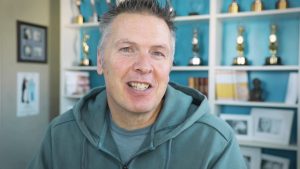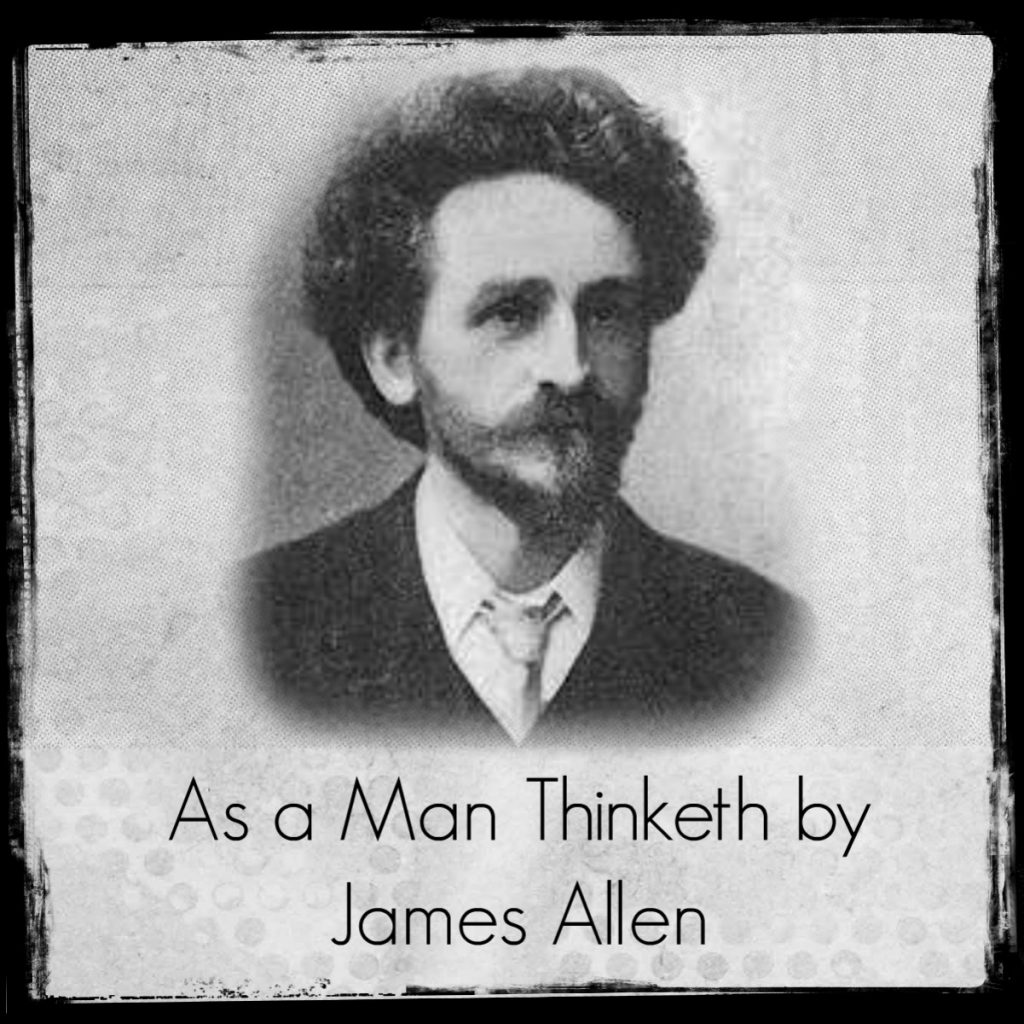It was time for Jodie to carry out her Phase 1 experiment in the Mindset Mastery course, but she had some questions about the “inconsequential” goal. First of all…
What is an Inconsequential Goal?
During Phase 1 of the Mindset Mastery program, we prepare our students to identify something specific they want. For this first rubber-meets-the-road exercise, they pick something small and insignificant, like finding a set of car keys they misplaced.
One woman who tried this experiment wanted to find seashells on a beach where they were typically nowhere to be found. Another person wanted to get expensive tickets for her son to attend a famous orchestra concert, and another wanted to find a pair of back-to-school scissors at the end of a long day in a store that had already been cleaned out by all the crowds.
Whatever our students choose, the experiment starts with them creating an image of that thing in their mind. The first woman pictured herself carrying armfuls of shells. The mother pictured herself celebrating after the attainment of the tickets. The other woman pictured herself holding the scissors.
The inconsequential goal is different than most goals. It’s simple, something that carries no inner conflict (i.e., the woman didn’t have to worry about whether or not God wanted her to have school scissors for her child.) Our students are instructed to avoid selecting goals for which they have a history of failure. If they have money struggles, they don’t pick a money goal for their first experiment. If they have a track record for being upset about something, they don’t pick a goal related to that thing at all.
Above all, they let themselves experience the desired thing first in their mind, and stay relaxed. They don’t worry about whether or not the experiment will work for them. All they have is the moment, and in that moment, they just see it, and enjoy the experience in their mind. They learn from their lessons that if the exercise doesn’t work, it doesn’t matter! Because they’ll have an opportunity to deal with that later. For that time being, they just let the picture develop in their mind like an old Polaroid. At first, they see nothing. But relaxing is like exposing it to light, and the image begins to appear.
Additional criteria for and clarifications about the Phase 1 experiment:
- It must be inconsequential. In other words, it cannot be something for which they already have history, baggage, or struggle. (For that reason, for most people, we do not recommend choosing a Phase 1 goal related to money, unless they absolutely have no need or attachment to it.)
- It must be achievable within a short time. (Seeing Richard’s hand well and healthy on an ant hill in The Jackrabbit Factor was a very short-lived experiment. So, our students pick something that could feasibly happen within a day.)
- It should be beyond one’s natural control. (Students don’t pick a goal that they can just go make happen on their own. We want them to experience something that requires the application of Rare Faith principles and the participation of unseen help.)
- Whatever is intended should be written down, with a date/timestamp of when the students set it, so they can track the outcome back to what they wrote. Students then add another date/timestamp when it is achieved. Having this documentation helps when it’s time to submit their midterm report. If they’re out and about and decide to experiment with the principles on the fly, writing it down is not required. They just write about it all as soon as they can.
- Choose more than one. If our students only set one inconsequential goal, it can be easy for them to get too worried or attached to seeing it happen. The process works best when they set it and expect it to happen without needing it to happen. By setting several different goals with that intention, they can relax a bit knowing they only need one of them to happen between the beginning of the course and Lesson 12 where the assignment is completed, because this can help them maintain the right mindset more easily through the process.
- All of this prepares our students for what we do in Phase 2.
But while working on her Phase 1 experiment, Jodie had some concerns and wanted clarification. So she wrote:
I’m currently looking for more understanding about the concept of an inconsequential goal in the Mindset Mastery course….
…I think I understand some of your points. However I’m currently struggling with the idea of “influencing” random things with my thoughts.
It makes sense to set bigger goals that I can help accomplish (by acting on my thoughts or promptings) … But to set goals for things outside of my control, which have no real meaning, doesn’t sit right yet.
I know this is a way to use faith … but using it to keep a street light green or find two quarters face up in a day (not for “His will”, or for a good, valid reason) is a concept I’d love to hear more about…
I’m not talking about inconsequential goals like finding tape in the closet. Those make sense, because that example had a purpose. Your mind needed to calm down and be open and on the right frequency to effectively use the reticular activating system, etc.
Any help would be appreciated. Best, Jodie
I responded:
Hi Jodie,
I believe that in the end, we will be judged by the intentions of our hearts more than anything else, and that principle is applicable here. We need to ask, what is our intention for attempting an inconsequential goal?
It’s a fine line we walk to stay aligned with Gospel principles, and that is of foremost importance when learning how to apply Rare Faith appropriately. So I can appreciate your concern about setting inconsequential goals around coin tosses or green lights.
So just keep in mind that the intention for this experiment is to gain experience and ultimately confidence so that when we are faced with real, meaningful tests of our faith, we will have mental muscle memory around what it feels like to believe in a favorable outcome while putting away all fear and doubt.
The good news is that YOU get to select your own inconsequential goal, so it’s entirely up to you what you choose. You can choose something that feels totally appropriate to you, as long as it is something for which you do not have any history, baggage, concern, or experience.
The goal is inconsequential if it truly doesn’t matter to you if it happens or not, and if there is no inherent stress about it.
An example might be: coming across a beggar while you’re out running errands, to whom you are prepared to give a snack bag. Or, hearing someone say the words, “I love snow” or whatever you decide, which would convince you that the thoughts you choose do have an impact on the world around you.
This isn’t as much about using your thoughts to “make” something happen; you’re simply experimenting with curiosity and an open mind, with the sole intention of increasing your faith in a Father who hears your thoughts, and who would love for you to recognize how your applied faith can truly move mountains in your life.
Practicing on something inconsequential is simply a way to start small so that you can conduct the experiment without stress, and approach your more consequential goals in Phase 2 with greater courage and confidence.
Above all, this isn’t about learning a skill for party tricks. That would be an inappropriate use of Rare Faith. You may want to review the Rare Faith manifesto on this page: https://rarefaith.org/a-rare-kind-of-faith/
If you have other questions, consider joining our School of Life Mastery FB community where program facilitators and hundreds of students are able to weigh in with their own experiences and learn from yours as well. We have students who don’t normally do social media, but who join that group for the support and Q/A they can receive there any time.
Lastly, realize that you’re constantly influencing your environment with your thoughts already – you just haven’t always been aware of it, nor the impact they have on your results. So another purpose for this experiment is to see what happens when you begin choosing your thoughts more consciously and carefully.
James Allen (As a Man Thinketh) explained: “…mind is the master-weaver, both of the inner garment of character and the outer garment of circumstance, and that, as they may have hitherto woven in ignorance and pain they may now weave in enlightenment and happiness.”
I trust you can select goals for the exercise that will lift and inspire you and others. We want the experiment to bring you closer to your Father in heaven and not further away. 🙂
Hope this helps!
Warmly, Leslie
She replied with a brilliant point:
This was very helpful. Thank you for the thoughts and guidance. I sincerely appreciate it…
As I’ve been thinking about this more, part of my struggle has been feeling like I need to abide the concept: “faith without works is dead”. However, thinking through what you said, I see now that I can choose a goal for this experiment that calls for me to take action once it happens.
Thank you again, Jodie
______________
Click here to take your skill to the next level with Mindset Mastery
Have a problem to solve? Join us for a 3-day Genius Bootcamp
Want to talk to a human? Schedule a call with someone from my team
______________
- New England’s Dark Day - July 6, 2024
- Something was missing - June 17, 2024
- A goal to find a goal - June 14, 2024

















